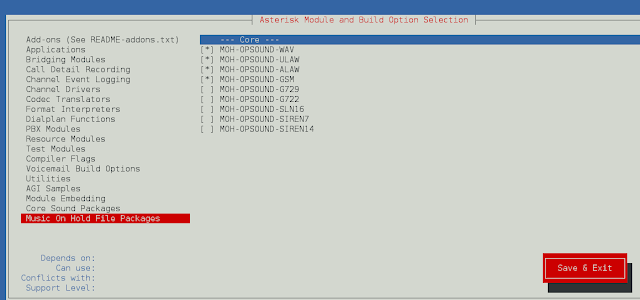MongoDB is an open-source document-oriented database. MongoDB stores data in the form of key-value pairs and is a NoSQL database program. The term NoSQL means non-relational. Refer to MongoDB: An Introduction for a much more detailed introduction on MongoDB. Now let’s understand the Bulk Write operation in MongoDB using Python.
bulk_write()
The PyMongo function bulk_write() sends a batch of write operations to the server. Executing write operations in batches increases the write throughput.
Syntax : bulk_write(requests, ordered = True, bypass_document_validation = False, session = None)
Parameters :
- requests : Requests are passed as a list of write operation instances.
- ordered : (Optional) A boolean specifying whether the operation executions are performed in an ordered or unordered manner. By default, it is set to True.
- bypass_document_validation : (Optional) A value indicating whether to bypass document validation.
- session : (Optional) a ClientSession.
Example 1 : Executing multiple requests using bulk_write().
# importing the module from pymongo import MongoClient, InsertOne, DeleteOne, ReplaceOne # creating a MongoClient object client = MongoClient() # connecting with the portnumber and host # accessing the database database = client['database'] # access collection of the database mycollection = mydatabase['myTable'] # defining the requests requests = [InsertOne({"Student name": "Cody"}), InsertOne({ "Student name": "Drew"}), DeleteOne({"Student name": "Cody"}), ReplaceOne({"Student name": "Drew"}, { "Student name": "Andrew"}, upsert = True)] # executing the requests result = mycollection.bulk_write(requests) for doc in mycollection.find({}): print(doc) |
Here, the first two documents are inserted by using the command InsertOne. Then using the DeleteOne command, the document with Student name: Cody is deleted. Using the ReplaceOne command, the student with the name Drew is replaced by the name Andrew. Hence all these commands are executed in the order and we get the following output :
Output :
{‘_id’: ObjectId(‘5f060aa5a9666ecd86f5b6bd’), ‘Student name’: ‘Andrew’}
Example 2 :
# importing the modules from pymongo import MongoClient, InsertOne, DeleteOne, ReplaceOne, UpdateOne # creating a MongoClient object client = MongoClient() # connecting with the portnumber and host # accessing the database database = client['database'] # access collection of the database mycollection = mydatabase['myTable'] # defining the requests requests = [InsertOne({ "x": 5}), InsertOne({ "y": 2}), UpdateOne({'x': 5}, {'$inc': {'x': 3}}), DeleteOne({ "y": 2})] # executing the requests result = mycollection.bulk_write(requests) for doc in mycollection.find({}): print(doc) |
Here two documents are inserted first using the InsertOne command. Then the document with value of x equal to 5 is updated and its value is incremented by 3. At last, the document containing y is deleted with the command DeleteOne.
Output :
{'_id': ObjectId('5f060cd7358fae75aad1ae94'), 'x': 8}




